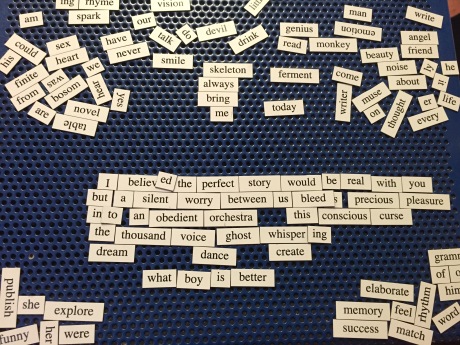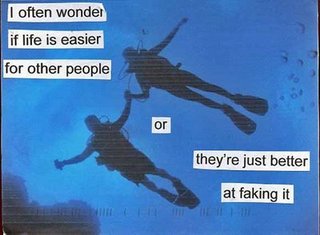Happy March! So things have been picking up in the last few weeks, relatively speaking: I’m a Managing Editor on the Cornell Law Review now, I got a part-time Spring internship offer from a local firm helping represent protesters in the fight to keep petrol storage out of Seneca Lake, and I’m in talks with a Ph.D from the Global Catastrophic Risk Institute to possibly do some research and legal writing on proposed international legal regulations for handling emergent AI in an increasingly internet-dependent world. That, and the snow’s starting to melt around here in Ithaca!
All told, though, that means I’m definitely pretty busy, so I’ll cut to the chase: in the spirit of not having inordinately large update gaps on this purportedly professional portfolio-ish blog anymore–as well as throwing a quick bone to the “on Wednesdays we wear pink”-esque trend that is #ThrowbackThursday–I present to you my thesis paper from my senior year in the University of Washington‘s Honors English program, circa 2013.
Consummate geek that I was/am, while others were analyzing T.S. Eliot or non-heteronormative narratives in Latin American fiction, I wrote about… creepypasta. Well, not just creepypasta–I dove into how the modern internet has allowed the time-honored ritual of collaborative fiction to partner with interactive fiction as well, particularly in the case of the bite-sized “this really happened!” horror stories we all know and love to read in minimal lighting. I explain how The SCP Foundation, Slender Man, and “Ben Drowned” each utilize(d) wikis and/or social media in similar but unique ways to present engaging, believable horror stories, then briefly discuss where and why Hollywood has succeeded or failed to capture this magic for “mainstream” appeal with films like Cloverfield and The Devil Inside.
So draw the shades, open a couple more browser windows, microwave a s’more if you want, and follow along as I analyze the thrills and chills of sitting down in front of…
The Digital Campfire
Interactive Horror Storytelling and Web 2.0
[A brief “P.S”: I initially considered shopping this around to relevant academic journals after I wrote it, but the plan got away from me and before I knew it I was writing legal notes instead! Part of me thinks this piece is best at home free on the internet anyway, like its subject matter; I have no idea whether putting it on my dinky WordPress blog puts me out of the running for a print journal picking up a variation on it some day, but at this point I just want to share the work and see what you folks think. With that “time capsule” quality in mind (and like I said, #TBT), I’ve done very minimal editing–mainly just new spaces between sections for clarity and a few egregious typos fixed, including the time I spelled “Doctor Who” as “Dr. Who.” As such, some details will be a tad outdated–most prominently, Marble Hornets finally wrapped up (with a polarizing ending), and I’m psyched for the SCP Foundation movie!]





